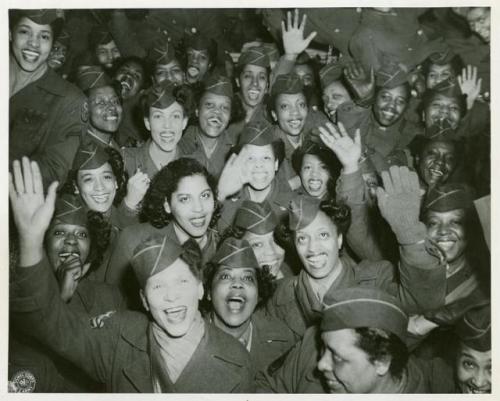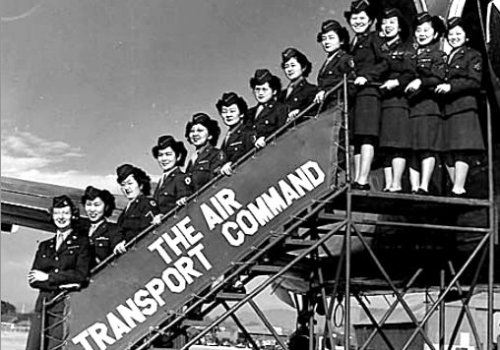#womens army corps
Sgt. Tess Hall of the Women’s Army Corps served at the Los Angeles Port of Embarkation, contributing her time to the USO by playing accordion and serving on the joint military and industrial council, she was also rumored to have served in the intelligence division, having spent three years in the WAC. It is “sergeants” like this that helped deploy American troops to the Pacific Theater during World War II.
Post link
Nisei WACs (Women’s Army Corps) pose for their graduation from the Military Intelligence Service Language School at Fort Snelling, Minnesota, prior to their departure to occupied Japan in late 1945. (Courtesy of U.S. Army)
After the war, 11 Nisei (second generation Japanese-American) WACs, one Chinese-American WAC and one Euro-American WAC, all skilled Japanese translators who had trained at the Military Intelligence Service Language School, accepted assignments to the Allied Translator and Interpreter Section of General Douglas MacArthur’s Headquarters in the Army of Occupation in Tokyo, Japan. There they worked as clerks, secretaries and translators.
The Nisei WACs, Americans “with Japanese faces,” were expected to show the Japanese what Americans of Japanese ancestry were like, and to help build bridges across a cultural gap. MacArthur, however, did not approve of enlisted WACs serving overseas. He gave the women a choice of returning to the United States as WACs or being discharged from the Army and serving one-year contracts in Japan as civilians with US federal civil service status. All 13 agreed to stay in Japan as civil servants.
Post link




